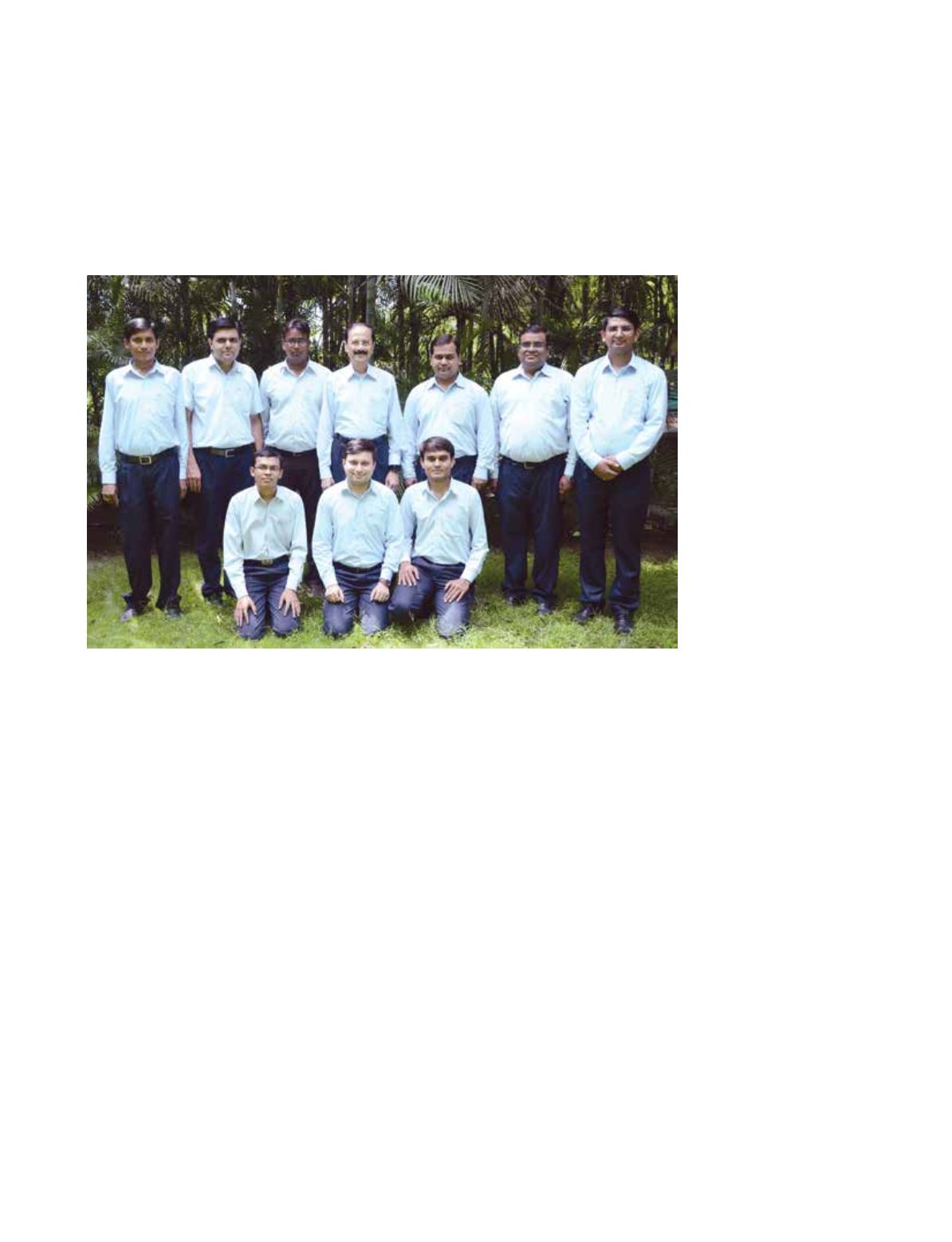

Atul Ltd | Annual Report 2015-16
Cheaper imports of Epoxy Resins and Hardeners may keep the contribution margins under pressure. Since the two
main raw materials, namely Bisphenol-A and Epichlorohydrin, are imported, fluctuations in foreign exchange may
impact margins.
Internal Control Systems
Internal Control Systems
of the Company are
commensurate with the
nature of its business and
size and complexity of
its operations. These are
routinely tested, certified
and upgraded whenever
required by the Statutory as
well as the Internal Auditors
covering all key areas
of business. Significant
audit observations and
follow up actions and
recommendations thereon
are reported to the higher
Management and Audit
Committee for their review.
The Company has an in-house Internal Audit department (which became ISO 9001:2008 certified in 2014) consisting of
professionally qualified Managers. It is also working with reputed firms specialising in Internal Audit function. The combined
efforts are helping to introduce best practices required to manage its growing business that now comprises, amongst others,
subsidiary, joint venture and associate companies in India and abroad. Internal Audit is also carried out for Atul Foundation and
entities overseen by it.
During 2015-16, the Company further strengthened the systems of Internal Audit and risk assessment and mitigation and
took several Key Initiatives. In specific, it i) conducted 96 process reviews, ii) introduced new integrated selective controls
for monitoring inventories, iii) developed | implemented 11 new Standard Operating Procedures (SOPs) and iv) completed
31 more SOPs under SOP standardisation project for various functions.
The Company also engaged one of the big Internal Audit firms to evaluate if the internal financial controls and systems
are adequately structured to address the normal business operations of the Company and implemented their recommendations
on internal control documentation.
Human Resources
The Company continued with its drive to institutionalise and upgrade its HR processes, to help build a more robust workforce
capable of managing dynamic and growing business needs. In particular, it focused on improving its processes related to
Integrated Development, Performance Management and Succession Planning.
The process of identification and review of Key Initiatives has become stronger and is continuously upgraded. On an average
5.3 man days of training was imparted during 2015-16. The training need is identified based on self-assessment, L+1
assessment; 360 degree feedback and Individual Development Plan; in addition, there are certain standard in-house and external
















